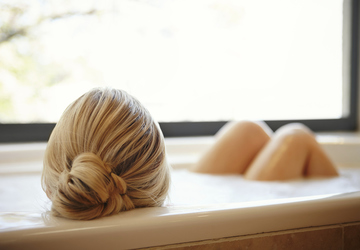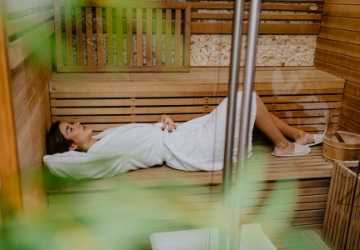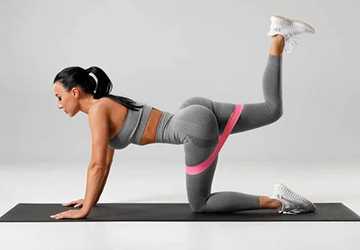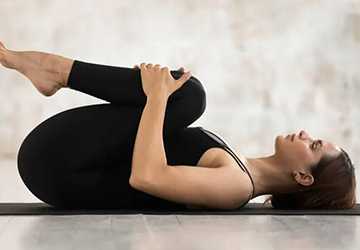What Exercises Are Best for Back Pain Relief
Back pain is a common problem that affects people of all ages. It can have various causes, including poor posture, muscle strains, or underlying health conditions. Regular exercise is an effective way to treat and relieve back pain. Here, we look at some of the best exercises that can help strengthen your lower back and relieve pain.
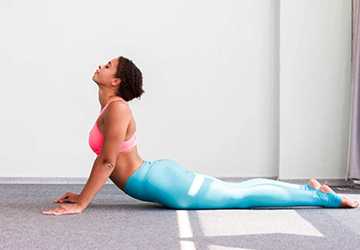
Understanding Back Pain
Back pain can be classified as acute, subacute, or chronic, depending on duration. Acute pain lasts from a few days to a few weeks, subacute pain lasts four to 12 weeks, and chronic pain lasts 12 weeks or longer. Regardless of the type, incorporating exercise into your daily routine can help effectively relieve pain.
The Role of Exercise in Treating Back Pain
Exercise helps in several ways:
Muscle Strengthening: Strong muscles provide better support for the spine.
Improve Flexibility: Flexible muscles can reduce the risk of injury.
Boost Circulation: Better blood circulation supports the healing process.
Release Endorphins: Exercise can reduce the sensation of pain by releasing endorphins.
Best Exercises for Lower Back Pain
Cat-Cow Stretch
The cat-cow stretch is a gentle way to stretch and warm your spine. To do this, start by getting on your hands and knees on a table. Inhale, arch your back and lift your head and tailbone toward the ceiling in Cow Pose. Then exhale, arch your back, tuck your chin toward your chest in a Cat Pose, and pull your navel toward your spine. Repeat this sequence 10-15 times, moving slowly and gently.
Child's Position
Child's Pose is a relaxing pose that stretches your lower back. To do this, start on your hands and knees. Sit on your heels, stretch your arms forward, and rest your forehead on the floor. Hold this Pose for 20-30 seconds and repeat 2-3 times.
Pelvic Tilt
Pelvic Tilt helps strengthen your lower back and abdominal muscles. To do this, lie on your back, bend your knees, and place your feet flat on the floor. Tighten your abdominal muscles and press your lower back toward the floor. Hold this Pose for a few seconds, then relax. Repeat the exercise 10-15 times.
Bridge
The bridge strengthens your gluteal and lower back muscles. To do this, lie on your back, bend your knees, and place your feet flat on the floor. Tighten your core and lift your hips toward the ceiling so your body forms a straight line from shoulders to knees. Hold the position for a few seconds, and then slowly lower your hips back to the floor. Repeat the exercise 10-15 times.
Knee-Chest Stretch
This stretch helps relieve tension in the lower back. To do this, lie on your back, bend your knees, and place your feet flat on the floor. Pull one knee toward your chest while placing the other foot on the floor. Hold this position for 20-30 seconds and then switch legs. Repeat this exercise 2-3 times on each leg.
Bird-Dog
The Bird-Dog is a core exercise that improves stability and balance. Start on your hands and knees in a tabletop position. Extend your right arm forward and your left leg backwards, keeping your body straight. Hold this position for a few seconds and then return to the starting position. Repeat the exercise with the other arm and leg. Perform 10-15 times on each side.
Partial Sit-Ups
Partial sit-ups strengthen your abdominal muscles without putting pressure on your lower back. Lie on your back with your knees bent and your feet flat on the floor. Cross your arms before your chest or place your hands behind your neck. Tighten your abdominal muscles and lift your shoulders off the floor, ensuring your lower back is pressed against the floor. Hold the position for a few seconds and then slowly lower it again. Repeat the exercise 10-15 times.
Wall Sits
Wall sits are ideal for strengthening the lower back and leg muscles. Stand with your back against a wall and your feet shoulder-width apart to do this. Slide down the wall until your knees are bent at a 90-degree angle. Hold the position for 20-30 seconds and then slowly stand up. Repeat the exercise 2-3 times.
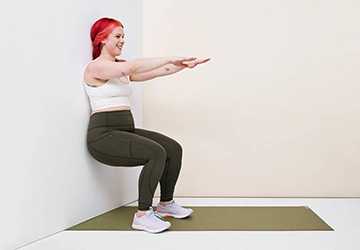
Tips for Exercising for Lower Back Pain
Start slowly: Start with light exercises and gradually increase the intensity.
Pay attention to your posture: Proper posture is essential to avoid further injury.
Listen to your body: Stop any exercise that causes pain.
Stay consistent: Regular exercise is essential to relieve lower back pain.
Consult a professional: Seek advice from a physical therapist or doctor, especially if you suffer from chronic pain or a specific medical condition.
More Tips for a Healthy Lower Back Area
Besides exercises, here are some additional tips for relieving lower back pain and keeping your spine healthy:
Maintain good posture: Always be aware of your posture, whether sitting, standing, or lifting an object. Poor posture can stress your back muscles and spine.
Stay active: Avoid long periods of inactivity or bed rest, as these can weaken the muscles that support your back.
Use proper weightlifting techniques: Lift weights with your legs, not your back. Keep the object close to your body and avoid twisting movements.
Maintaining a healthy weight: Carrying too much weight can stress your lower back. A healthy diet and regular exercise can help you manage your weight.
Stay hydrated: Drinking plenty of water can keep your spinal discs hydrated and maintain their elasticity.
Invest in a good mattress: A supportive mattress can significantly improve sleep quality and health.
When to See a Doctor
Although exercise can significantly help relieve lower back pain, knowing when to see a doctor is essential. Contact a doctor if you experience severe pain, numbness, or weakness or if home remedies don't help.
Conclusion
Lower back pain can be persistent, but incorporating the right exercises into your daily routine can have significant results. Exercises such as cat-cow stretches, baby's Pose, pelvic tilts, bridge poses, knee-chest stretches, bird-dog exercises, partial crunches, and wall sits can all be effective in strengthening muscles, improving flexibility, and relieving pain.
Remember to start slowly, focus on form, and consult a professional.
